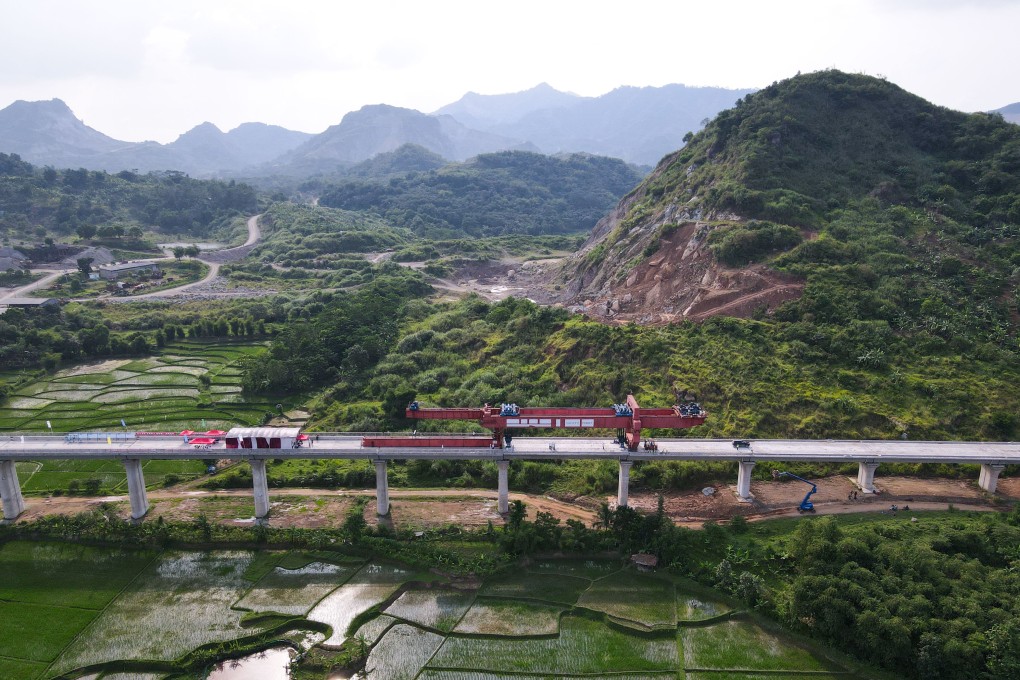Macroscope | Growing threat of global infrastructure wars as nations seek to compete with China
- Competition, instead of cooperation, is not the way to go about building infrastructure and improving the global economy
- As the US, EU and others try to outdo China’s Belt and Road Initiative with a mishmash of rival plans, they simply risk wasting taxpayers’ money

In theory, 2023 offers hope of some improvement on this egregious situation with two Asian giants, Japan and India, attempting to bind closer together the policy deliberations of the G7 and G20 (which are themselves competing entities).
The fact that leaders from such economically and politically diverse economies as the US and Europe, on the one hand, and China and Russia, on the other, will meet on nominally neutral ground ought, in theory, to provide scope for finding common ground on issues such as infrastructure.
Perhaps more importantly, the top-down process of national leaders handing down their views (and sometimes political prejudices) like tablets from on high is being modified and democratised now by growing T7 and T20 networks, which are “official engagement groups” of the G7 and G20.
The “T” stands for “think”, meaning scores of think tanks from the member countries whose combined wisdom and expertise is fed in a bottom-up process to national leaders to augment the work of summit “sherpas”. Think tanks tend to be driven more by policy considerations than by politics.
